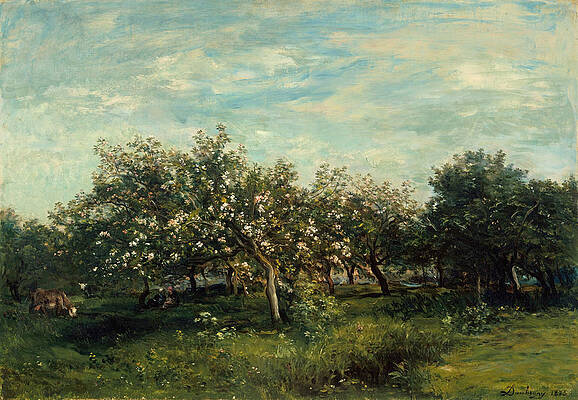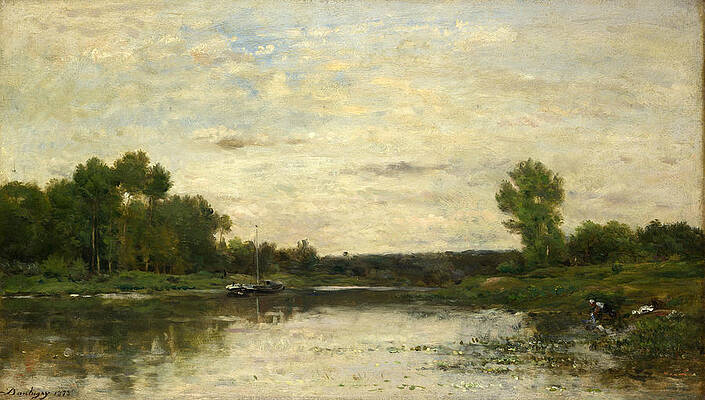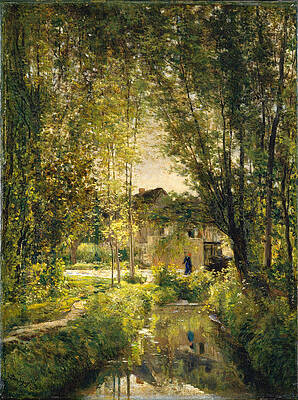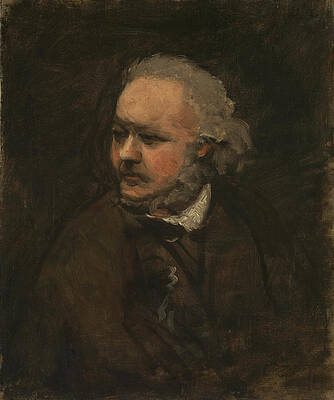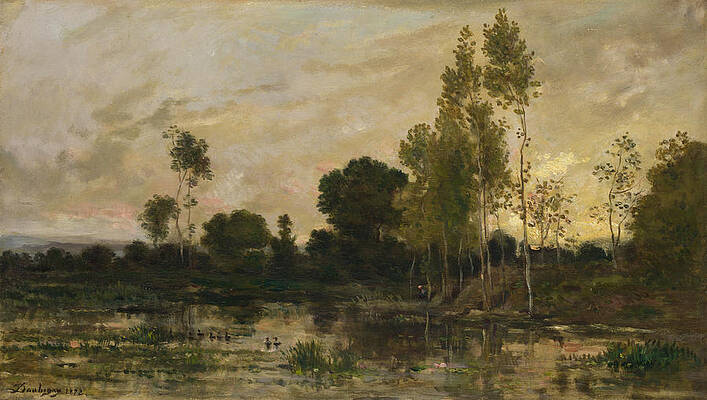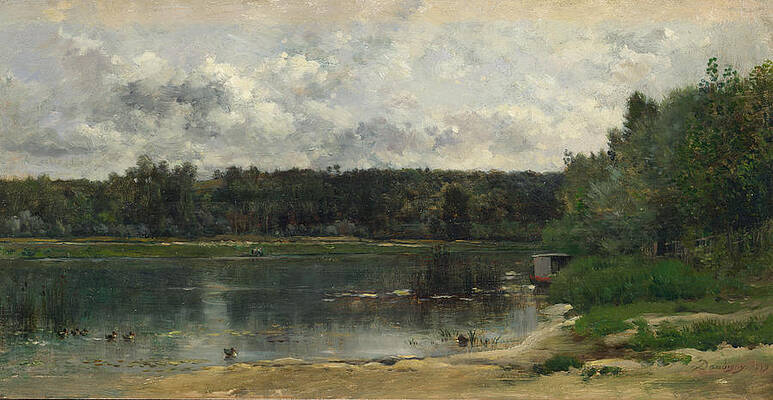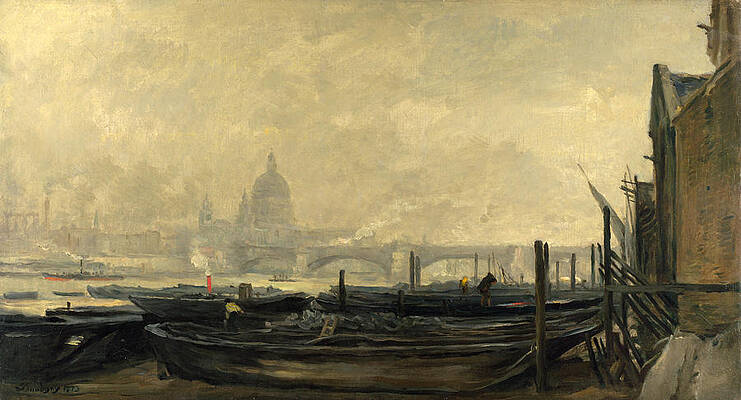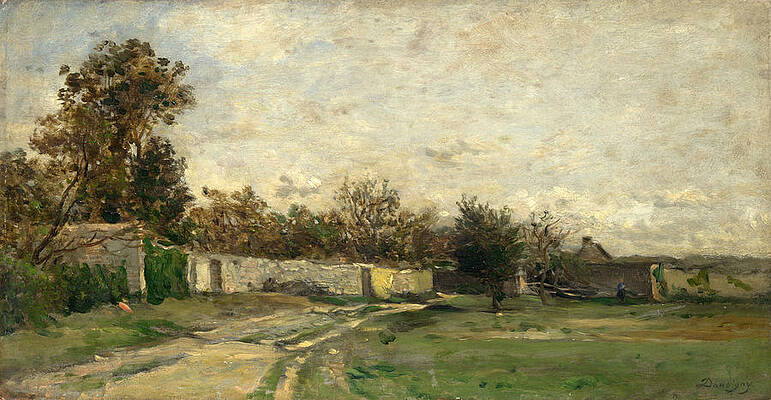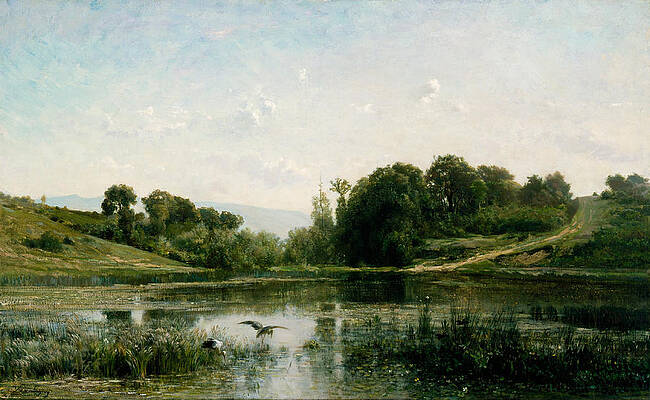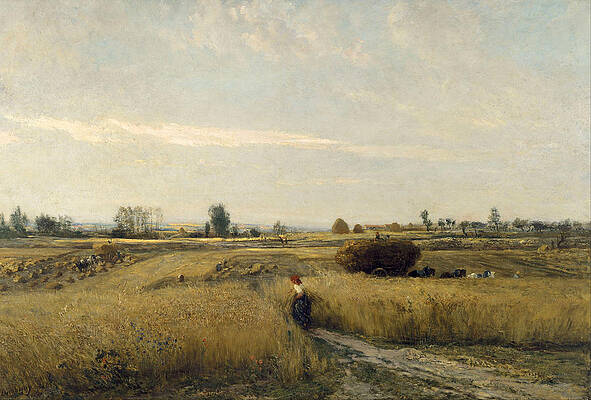Charles-François Daubigny
Paintings
Apple Blossoms
View on the Oise
Boats on the Seacoast at Etaples
Landscape with a Sunlit Stream
Honore Daumier
Alders
Landscape with Cattle by a Stream
River Scene with Ducks
St Paul's from the Surrey Side
The Garden Wall
Willows
The Ponds of Gylieu
Banks of the Seine
Harvest
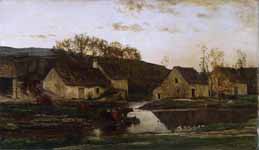

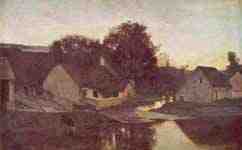




The confluence of the Seine and Oise




Illustrations










The study room of Monsieur Thiers







The valley of San Juan del Oro









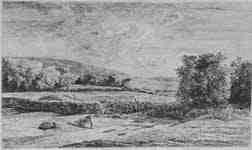




























The Church of Sainte- Amélie-aux-Places










The ruins of the castle of Crémieux




The surroundings of Choisy- le- Roi


The meadow of Graves at Villerville



The inauguration of the Triumph Column
































" Les Fables de Lachambeaudie "


Illustration of Fourier's "social utopia"

Illustration to " Cinderella "


Illustration to " Thumbelina "

Illustration to " Donkey Skin "

Illustration to " Little Red Riding Hood "

" Chants et chansons populaires "

" Chants et chansons populaires "

" Chants et chansons populaires "

" Chants et chansons populaires "

" Chants et chansons populaires "

" Chants et chansons populaires "

" Chants et chansons populaires "

" Chants et chansons populaires "

" Chants et chansons populaires "

" Chants et chansons populaires "

" Chants et chansons populaires "

" Chants et chansons populaires "

" Chants et chansons populaires "

" Chants et chansons populaires "

" Chants et chansons populaires "

" Chants et chansons populaires "

" Chants et chansons populaires "

In Argenteuil house to be rented









Moonrise on the banks of the Oise

Moon rising in the valley of Andilly

















Fine Art Prints | Greeting Cards | Phone Cases | Lifestyle | Face Masks | Men's , Women' Apparel | Home Decor | jigsaw puzzles | Notebooks | Tapestries | ...

Charles-François Daubigny
Charles-François Daubigny (15 February 1817 – 19 February 1878) was one of the painters of the Barbizon school, and is considered an important precursor of Impressionism.
Biography
Daubigny was born in Paris, into a family of painters and was taught the art by his father Edmond François Daubigny and his uncle, miniaturist Pierre Daubigny.
Initially Daubigny painted in a traditional style, but this changed after 1843 when he settled in Barbizon to work outside in nature. Even more important was his meeting with Camille Corot in 1852 in Optevoz (Isère). On his famous boat Botin, which he had turned into a studio, he painted along the Seine and Oise, often in the region around Auvers. From 1852 onward he came under the influence of Gustave Courbet.
In 1866 Daubigny visited England, eventually returning because of the Franco-Prussian war in 1870. In London he met Claude Monet, and together they left for the Netherlands. Back in Auvers, he met Paul Cézanne, another important Impressionist. It is assumed that these younger painters were influenced by Daubigny.
Paintings
Daubigny's finest pictures were painted between 1864 and 1874, and these for the most part consist of carefully completed landscapes with trees, river and a few ducks. It has been said that when Daubigny liked his pictures he added another duck or two, so that the number of ducks often indicates greater or less artistic quality in his pictures. One of his sayings was, "The best pictures do not sell", as he frequently found his finest achievements little understood. Daubigny is chiefly preferred for his riverside pictures, of which he painted a great number, but although there are two large landscapes by Daubigny in the Louvre, neither is a river view. They are for that reason not so typical as many of his smaller Oise and Seine pictures.
His most ambitious canvases are Springtime (1857), in the Louvre; Borde de la Cure, Morvan (1864); Villerville sur Mer (1864); Moonlight (1865); Auvers-sur-Oise (1868); and Return of the Flock (1878). He was named by the French government as an Officer of the Legion of Honor.[1]
Daubigny died in Paris. His remains are interred at cimetière du Père-Lachaise (division 24). His followers and pupils included his son Karl (who sometimes painted so well that his works are occasionally mistaken for those of his father), Achille Oudinot, Hippolyte Camille Delpy, Albert Charpin and Pierre Emmanuel Damoye.
The Iconographic Encyclopaedia of the Arts and Scien: Sculpture and painting, 1887, page 138
References
This article incorporates text from a publication now in the public domain: Chisholm, Hugh, ed. (1911). "Daubigny, Charles François". Encyclopædia Britannica 7 (11th ed.). Cambridge University Press. p. 847.
External links
Charles-François Daubigny's Home-Studio - Maison-Atelier de DAUBIGNY Auvers-sur-Oise. Historical monument.
Charles-François Daubigny - Rehs Galleries' biography on the artist.
Charles-François Daubigny at Artcyclopedia
Banks of the Seine 1855, near Bezons, near Paris
---
Fine Art Prints | Greeting Cards | Phone Cases | Lifestyle | Face Masks | Men's , Women' Apparel | Home Decor | jigsaw puzzles | Notebooks | Tapestries | ...
---
Artist
A - B - C - D - E - F - G - H - I - J - K - L - M -
N - O - P - Q - R - S - T - U - V - W - X - Y - Z
Retrieved from "http://en.wikipedia.org/"
All text is available under the terms of the GNU Free Documentation License


